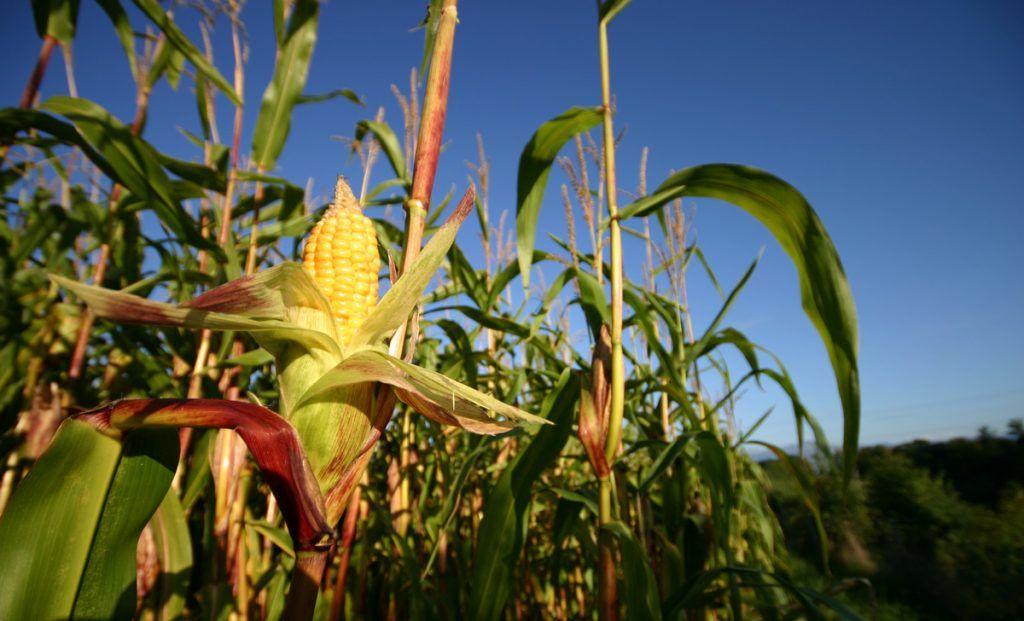The FAO projects that more than 1 billion additional tons of annual global cereal production will be required by 2050, an increase of 43% over 2005-2007 levels.
At the same time, growth in world GDP per capita, particularly in developing countries, will contribute significantly to increasing demand for primary crops.
As global GDP per capita increases, the composition of daily caloric intake is expected to shift away from direct consumption of primary crops towards animal protein, which is expected to result in increased demand for primary crops as as cattle feed.
Basically, the global supply of agricultural commodities is driven by two main factors, the number of arable acres available for crop production and the productivity of the acres being farmed.
Although the amount of global farmland in use has gradually increased over time, growth has stagnated over the past 20 years, according to Farmland Partners.
Typically, additions to farmland are in areas of marginal productivity, while loss of farmland, driven by urban development, tends to primarily affect highly productive areas.
Cereals
Cropland area continues to increase in developing countries, but after accounting for continued expected cropland loss, the FAO projects that only 173 million acres will be added from 2005-2007 to 2050, an approximate increase of 5 percent.
By comparison, the world’s population is expected to grow over the same period to 9.1 billion, an increase of nearly 40 percent.
According to the World Bank Group, arable land per capita has decreased by approximately 50% between 1961 and 2015.
While Farmland Partners expects growth in the global supply of farmland, it also anticipates that owners will only put that land into production if increases in commodity prices and farmland values cause owners to benefit. economically from using the land for agriculture instead of alternative uses.
The company also believes that declines in the amount of farmland in the United States and around the world as a result of increased urbanization will partially offset the impact of additional farmland supply.
In addition, it considers that agricultural land lost to urban development disproportionately affects higher quality agricultural land.
According to a study published in 2017 in the Proceedings of the National Academy of Sciences, urban sprawl is projected to take place on farmland that is 1.77 times more productive than the global average.
![]()

